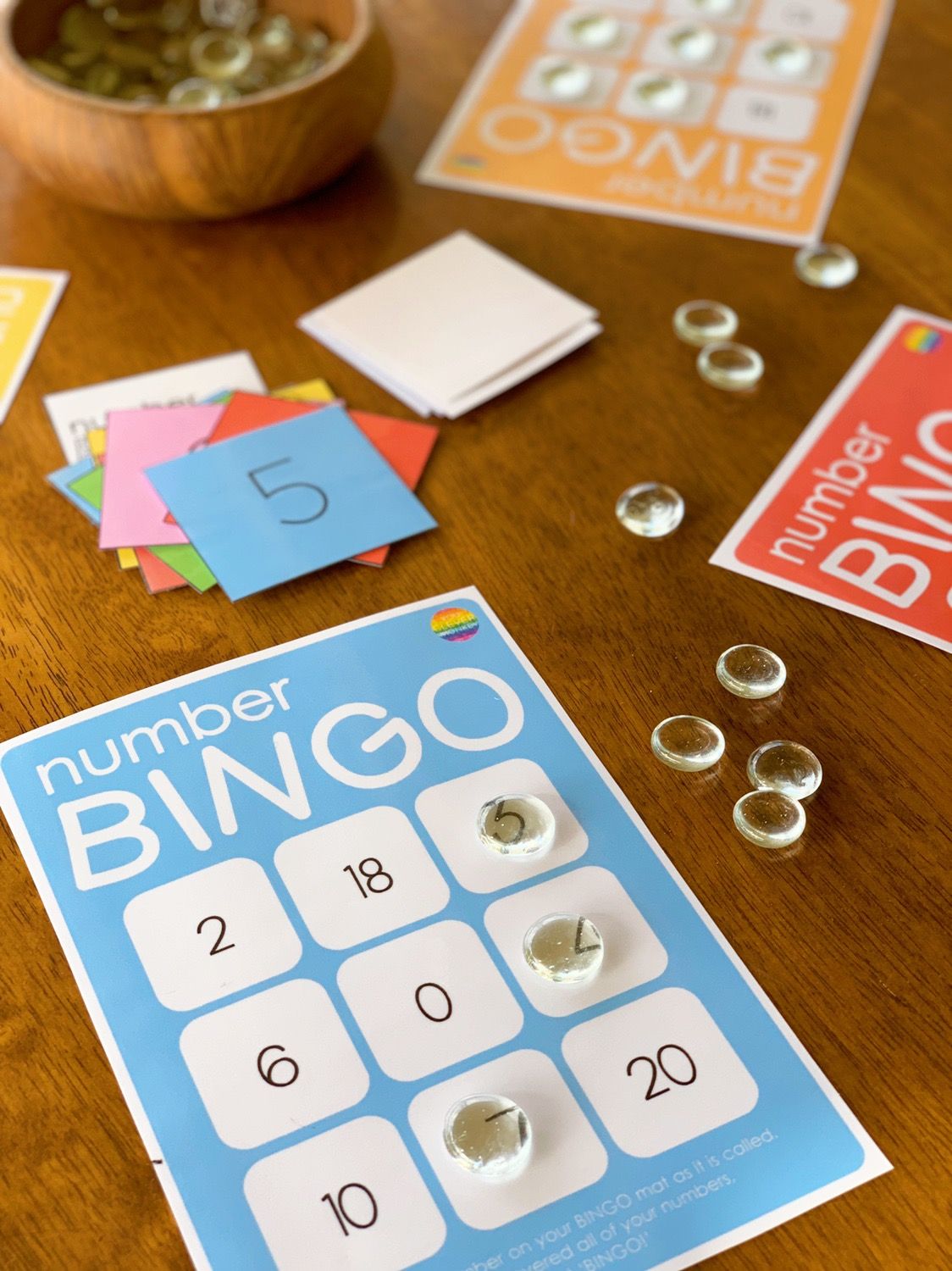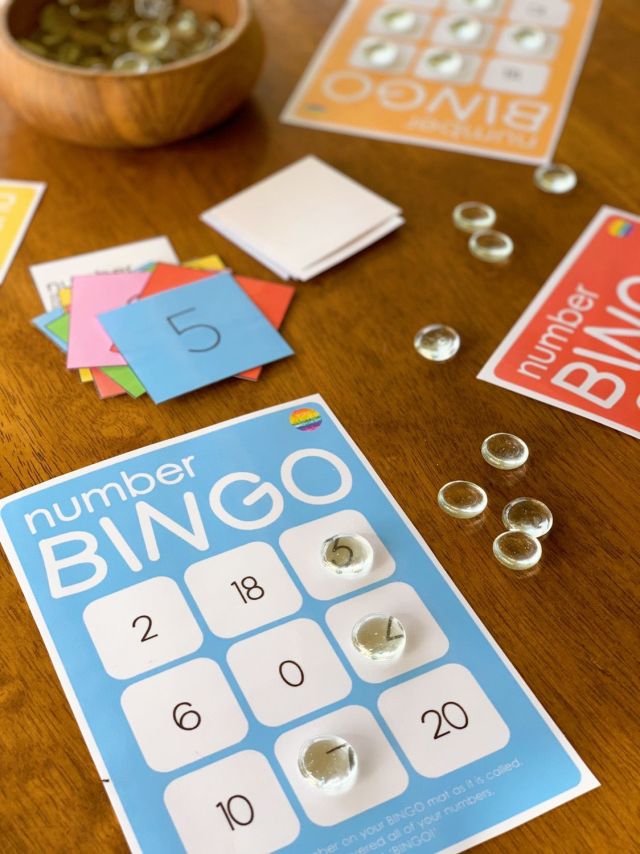
For more than a century, the game of bingo has been used as a teaching device. In Germany, during the 19th Century, bingo was used as a means to teach children the alphabet, how to recognize animals and multiplication tables. Today’s educators are still using bingo as a way to teach students mathematics at every level from basic vocabulary concepts to full problems.
Kids are much more apt to retain math concepts if they are made fun of them. Games are a great motivator to get kids to participate in class. Students will often wholeheartedly dive into a math problem if it is put in the form of a game that they can play along with their classmates.
Such games have become so popular as a teaching aid that some teachers try to incorporate bingo math games as a part of their regular lesson plans.
Here’s an example of how to set up a math bingo game.
-
Create a bingo card for each student player. Having approximately 20 cards is a good place to start. You can create these ahead of time with answers to equations you come up with on your own, or you can find them online on various educational websites like the ones at the end of this article. If you are creating your own cards, try to keep the cards sufficiently random in order to ensure fairness among the students.
-
Give each student a bingo card and approximately twenty bingo tokens to cover up the correct answers that appear on their cards.
-
Write out the math problems for the bingo caller to give to students. The correct answer to the equations will be on the cards. If a player does not have the correct answer on their card for that problem, they don’t place a token on their card.
-
The game continues until someone gets five answers on their cards in a line that either goes vertically, horizontally or diagonally. The first person who gets a bingo is the winner. Answers should be checked to make sure that the marked answers correspond with what was called out previously.
-
You can have multiple winners for games if you keep going even after the first bingo is called. In the case of blackout bingo, the first person with all of the squares on their card covered by tokens is the winner.
The difficulties of the problems can be adjusted for various grade levels and math aptitudes. Whether students are studying addition and subtraction, multiplication tables, division, or even algebra, bingo is a great teaching tool. One variation is to pair students who are struggling in math with classmates who are better at the subject. Provide calculators, scratch paper and pencils for each team and allow sufficient amounts of time for kids to work out the answers.
Both parents and teachers have seen how well students respond to learning when it’s made fun for them.











